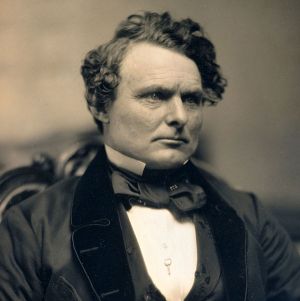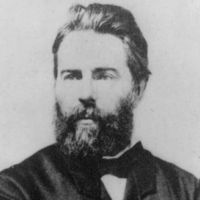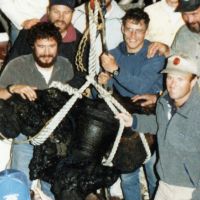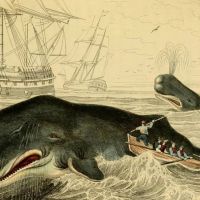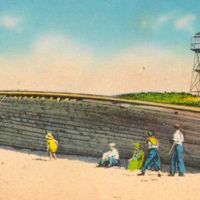Primary Source
This triumph of marine architecture was launched from Mr. M'Kay's ship yard in East Boston at precisely 12 o'clock on Tuesday. . . . We have never known so much enthusiasm attending the launch of a ship. Visitors were in town from the back country and from along the coast to witness the launch, particularly from Cape Cod, delegations from which arrived by the morning train. The wharves on both sides of the stream where a view was obtainable, were thronged with people; men, women and children vied in interest to get a look, and boys and men clung like spiders to the rigging of the ship, and the sides and roofs of the stores and houses, to get a glance at the sublime spectacle. . . . The river was full of vessels of various kinds and all kinds — from the Mayflower to the Steam Tug, and from the beautiful yacht to the little boat whose tiny sail seemed, in the distance, not bigger than a lady's hand, — and all were crowded with eager lookers.
. . . It is estimated that fifty thousand people witnessed the launch, and not an accident occurred, that we have heard of, to mar the scene. The little steamer Argo, however, came as near an accident, and missed it as was possible. She was directly in the way of the ship when she ran from the stocks, and notwithstanding all the efforts to get out of the way, the ponderous vessel passed her as she was paddling for dear life and carried away her flag staff. It was a truly narrow escape and the steamer's chance for a brief interval, was considered by spectators as a hopeless one.
. . . It was more than 200 feet from deck to main truck, with yards in proportion. The spanker mast was 110 feet long and fore and aft rigged. The hull was constructed of oak and pine and when seen from the shore was not particularly different from ordinary clipper ships, except in length and the great shear forward from the fore chains to the figure head. But once on board the visitor was truck with her enormous breadth of beam.
From the Boston Post, October 5, 1853.


